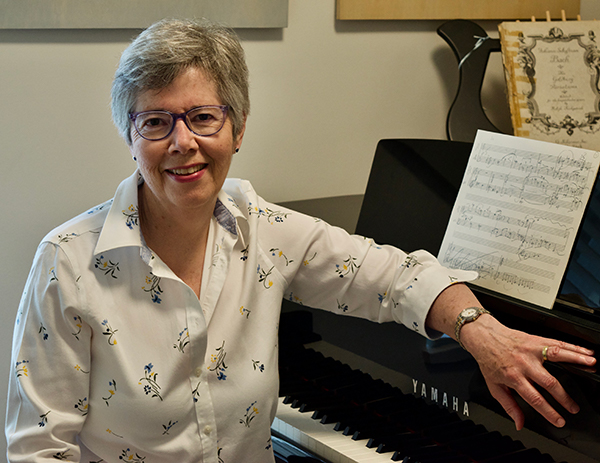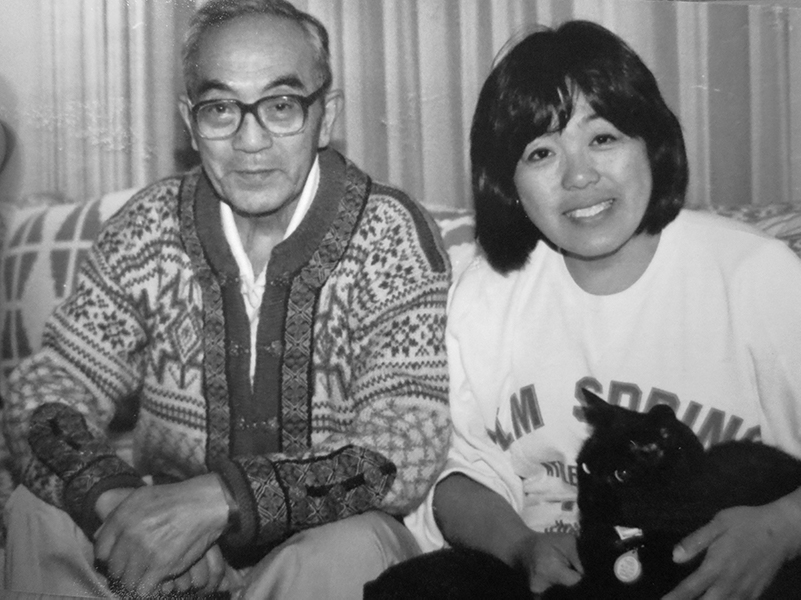Returning to Lost Homes

The government lifted the last of its restrictions on Japanese Canadians in 1949. Four years after the end of the Second World War, Japanese Canadians were finally free to return to their hometowns and to attempt to build their lives anew.
The majority, however, had been forced east or deported from the country. Many hesitated to return to British Columbia. Leslie Uyeda recalls her aunt’s resolve to never again visit her old home. Her aunt said, “they threw me out once and they will never do it again.”
Others were more undecided. Some felt a strong desire to revisit the houses where they once lived but felt anger or sadness when they saw unfamiliar families in their old homes.
This feeling was passed on to sons and daughters and even to grandchildren. Visiting her family’s former dwelling, Leslie felt rage as she stared into the windows and wondered how the present owner acquired the house. She wondered, “Did the first owners, after my family had to leave, did they know how they came to acquire that house?” Though it “was not my sorrow” directly, she explained, “these things are passed on whether it’s through stultified silence or through rage or through verbalization … or anything.”
Others were able to make a fragile peace with their past. After playing a pivotal role in redress, Art Miki organized a conference called “Home Coming” in Vancouver where many Japanese Canadians gathered. He returned to his childhood home and met the new owner.
Families sometimes kept track of their old homes for decades. As houses changed hands, were renovated or slated for demolition, their former Japanese Canadian owners found themselves unexpectedly affected. Upon one return trip to Vancouver, Henry Shibata learned that his house was now “gone,” replaced by an apartment building. These words, simply spoken, brought to an end a long story of loss.
These returns have been a lasting legacy of the dispossession. For some, return trips are a way to bear witness. For others, they are a way to connect with their family’s history. For all, a way to engage with physical sites that continue to hold meaning.
 Play Audio
Play Audio
 Play Audio
Play Audio
